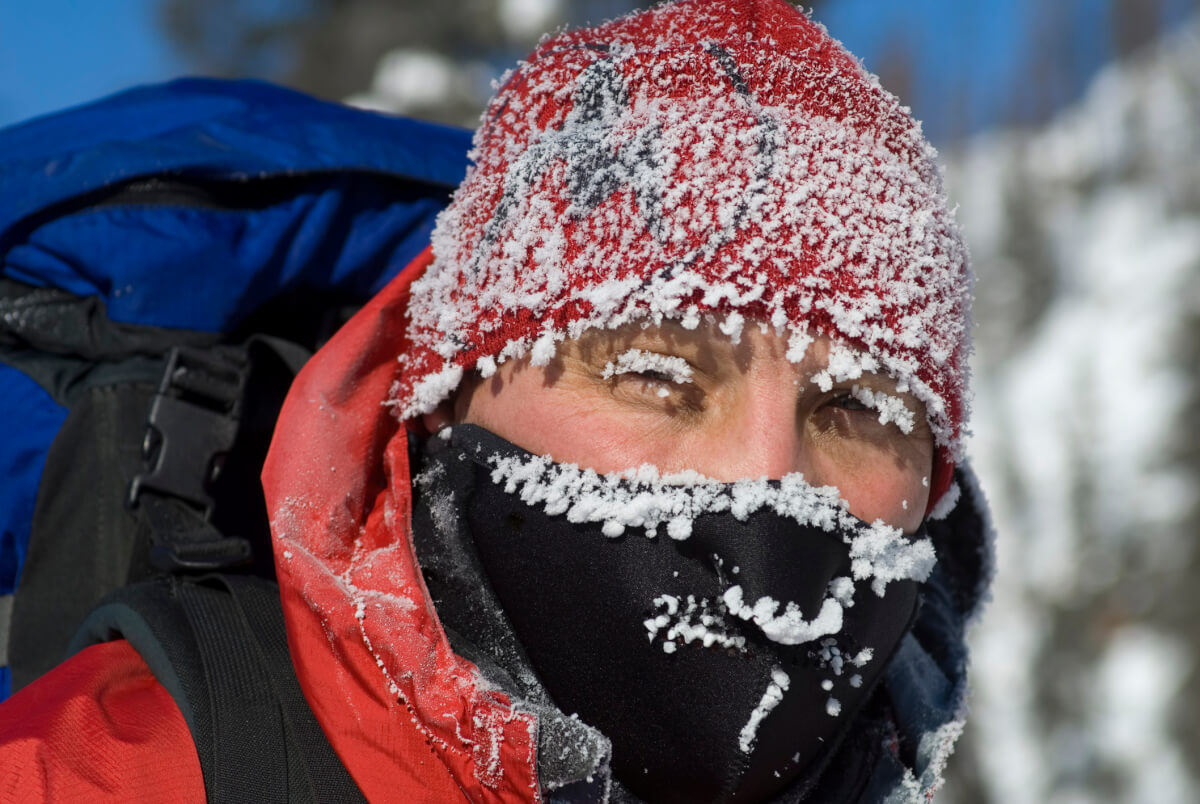With harsh winters come greater health risks — frostbite and hypothermia included. While there’s a wealth of information and tips about cold weather survival, there are also a lot of fallacies that make the rounds every winter season.
Here are some dangerous winter myths to watch out for, and the cold hard truth behind them.
- Rubbing frostbitten skin
If your hands are frostbitten, refrain from rubbing them with anything, such as snow or even your own hands.
While rubbing your hands together can provide some warmth during cool weather, it’s a bad idea when you have frozen hands. Friction can cause damage to the tissues because of small and sharp ice crystals rubbing against living cells. Instead, tuck your hands underneath your armpits and quickly seek shelter. Slowly rewarm the affected area with warm water and wrap them with a dry and warm cloth or blanket.
Remember to warm the affected part only when you are indoors. Warming it only to have it freeze again will create more damage.
- Drinking alcohol for warmth
While alcohol can make you feel warm and fuzzy inside during a cold day, it can actually make your body lose heat faster and make your core temperature drop.
Alcohol makes the blood vessels expand and drives heat to the surface of your skin, which hastens heat loss. It also stops your body from shivering, which is our natural response to cold to keep us warm by generating heat from muscle movement.
Instead of alcohol, take hot and sweet drinks like chocolate instead. The sugar in the drink will provide you with energy and fuel to keep your body warm.

- Curing hypothermia with a hot bath
Rewarming someone suffering from exposure to extreme cold is one of the methods to avoid extensive damage or death from hypothermia, but it doesn’t mean that you can dunk them in hot water, unless you want to cause them pain or put them into cardiac arrest.
When it comes to hypothermia, “slowly but surely” is the key. Use additional layers of dry and warm clothing to help insulate the victim from the cold and retain body heat. Drinking warm liquids can also help, as well as sitting near a heat source such a fire or a heater. If you have to give them a bath, use warm water that’s somewhere between 105 and 110 degrees (F) and supervise them closely.

A lot of old school wisdom still rings true and has provided good alternatives for many of today’s cures and solutions, but you still need to be careful. While some old ideas have simply been proven ineffective, a number of winter myths can result in worse scenarios and even death.


